Caves have long been regarded as mystical and captivating environments, home to awe-inspiring geological formations. Among these formations, common cave minerals take center stage. With their exquisite colors, unique structures, and fascinating properties, these minerals have captivated both scientists and enthusiasts alike. In this article, we delve into the world of common cave minerals, discovering their significance in various industries, conservation efforts, and the expanding market for their aesthetic appeal. 1. Geological Significance: Common cave minerals such as calcite, gypsum, quartz, and aragonite are integral in understanding the geological history of the Earth.
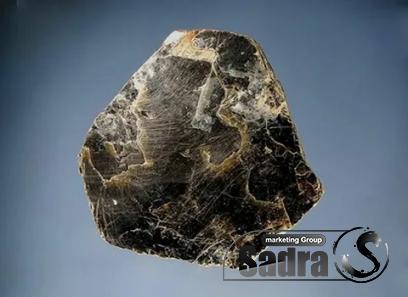
.
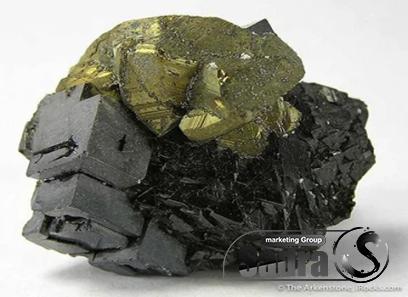 These minerals provide valuable insights into the formation of caves, shedding light on the intricate processes that took place over millions of years. Studying the composition of these minerals allows geologists to unravel the ancient climatic conditions, geological disturbances, and natural processes that shaped the caves we see today. 2. Industrial Applications: Beyond their geological significance, common cave minerals play a vital role in various industries. For instance, calcite, a mineral abundant in caves, is widely used in the manufacturing of cement, as a flux in the production of steel, and as a key ingredient in the paper and paint industries.
These minerals provide valuable insights into the formation of caves, shedding light on the intricate processes that took place over millions of years. Studying the composition of these minerals allows geologists to unravel the ancient climatic conditions, geological disturbances, and natural processes that shaped the caves we see today. 2. Industrial Applications: Beyond their geological significance, common cave minerals play a vital role in various industries. For instance, calcite, a mineral abundant in caves, is widely used in the manufacturing of cement, as a flux in the production of steel, and as a key ingredient in the paper and paint industries.
..
 Similarly, gypsum, with its unique properties, is extensively utilized in the construction sector for producing plaster, wallboard, and fertilizer. By harnessing the valuable properties of these minerals, industries enhance their products’ quality and durability. 3. Environmental Conservation: Cave ecosystems are delicate environments that require protection, as they house numerous unique and endangered species. The presence of minerals such as stalactites and stalagmites creates a fragile equilibrium within these ecosystems. Encouraging responsible cave tourism, limiting human intrusion, and minimizing the removal of cave minerals are crucial steps towards conserving these fragile environments. Understanding the significance of cave minerals in the ecosystem further emphasizes the importance of preserving them for future generations.
Similarly, gypsum, with its unique properties, is extensively utilized in the construction sector for producing plaster, wallboard, and fertilizer. By harnessing the valuable properties of these minerals, industries enhance their products’ quality and durability. 3. Environmental Conservation: Cave ecosystems are delicate environments that require protection, as they house numerous unique and endangered species. The presence of minerals such as stalactites and stalagmites creates a fragile equilibrium within these ecosystems. Encouraging responsible cave tourism, limiting human intrusion, and minimizing the removal of cave minerals are crucial steps towards conserving these fragile environments. Understanding the significance of cave minerals in the ecosystem further emphasizes the importance of preserving them for future generations.
…
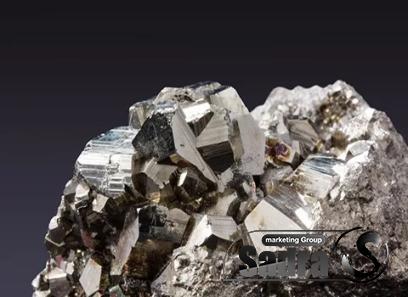 4. Aesthetic Value and the Expanding Market: Cave minerals possess a captivating beauty that appeals to collectors, interior designers, and jewelry enthusiasts. Their vibrant colors, intriguing formations, and metaphysical properties make them sought-after items in the market. Cave mineral specimens, whether raw or polished, find their place in private collections, museums, and even high-end jewelry designs. The increasing popularity of these minerals in the market presents a unique opportunity for entrepreneurs and artisans to tap into this niche market, providing both aesthetic pleasure and a touch of nature’s wonders. Conclusion: The world of common cave minerals is a treasure trove that encompasses geological significance, industrial applications, environmental conservation, and aesthetic appeal. As our appreciation for the beauty and value of these minerals continues to grow, so does the need for responsible utilization and preservation. By studying and understanding the intricate processes and properties of common cave minerals, we unlock their untapped potential, ensuring their presence for generations to come. Their significance in various industries and unique aesthetic appeal make them invaluable in our quest for a deeper understanding of our planet’s captivating geological history.
4. Aesthetic Value and the Expanding Market: Cave minerals possess a captivating beauty that appeals to collectors, interior designers, and jewelry enthusiasts. Their vibrant colors, intriguing formations, and metaphysical properties make them sought-after items in the market. Cave mineral specimens, whether raw or polished, find their place in private collections, museums, and even high-end jewelry designs. The increasing popularity of these minerals in the market presents a unique opportunity for entrepreneurs and artisans to tap into this niche market, providing both aesthetic pleasure and a touch of nature’s wonders. Conclusion: The world of common cave minerals is a treasure trove that encompasses geological significance, industrial applications, environmental conservation, and aesthetic appeal. As our appreciation for the beauty and value of these minerals continues to grow, so does the need for responsible utilization and preservation. By studying and understanding the intricate processes and properties of common cave minerals, we unlock their untapped potential, ensuring their presence for generations to come. Their significance in various industries and unique aesthetic appeal make them invaluable in our quest for a deeper understanding of our planet’s captivating geological history.
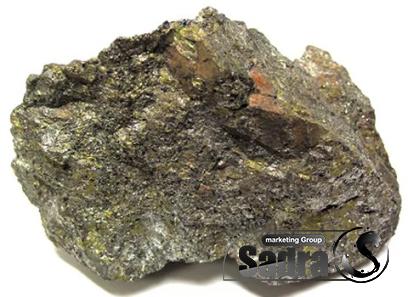
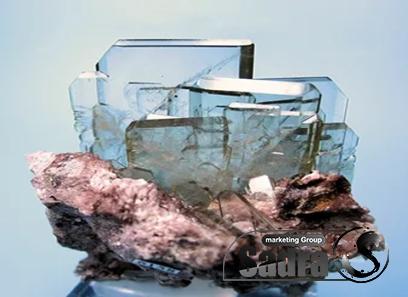
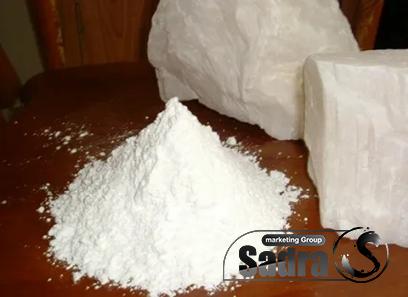
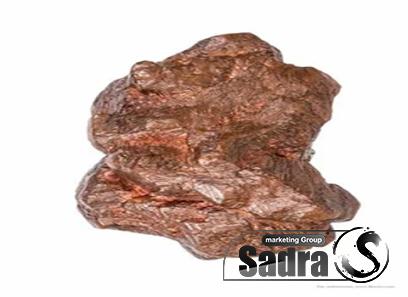
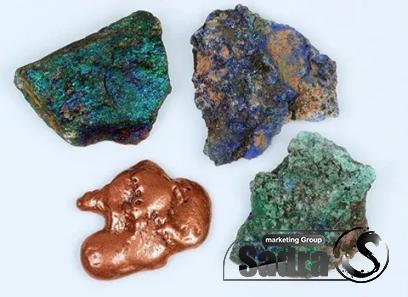
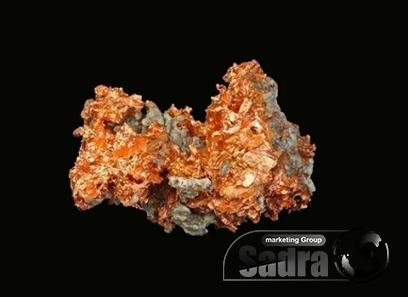
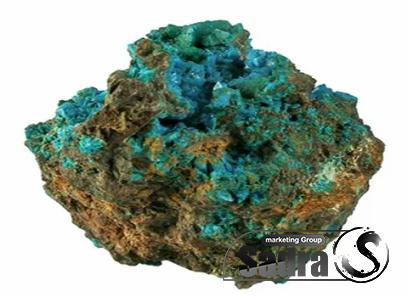
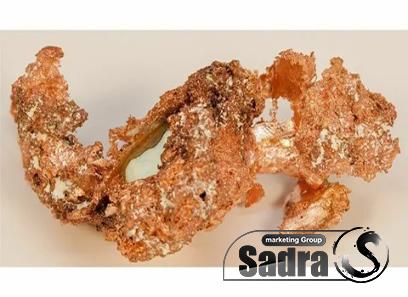
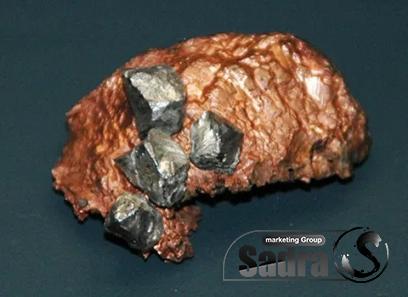
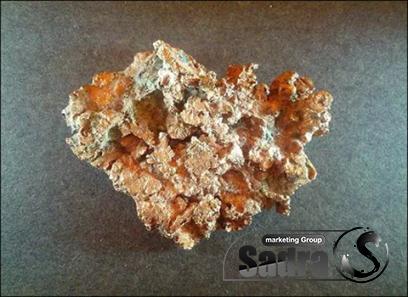
Your comment submitted.